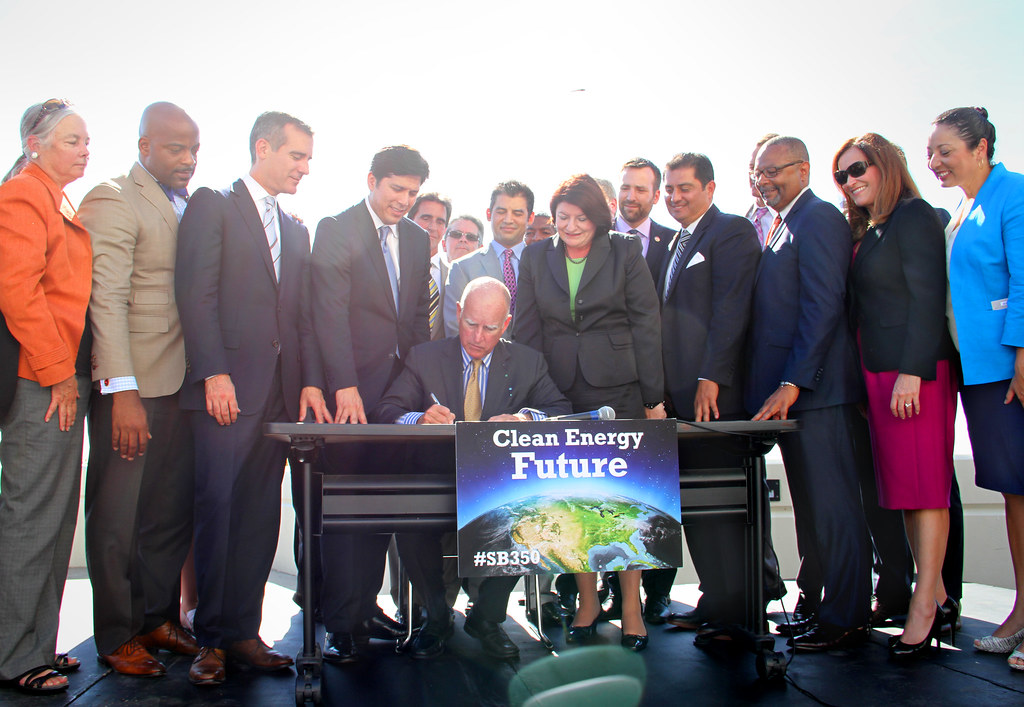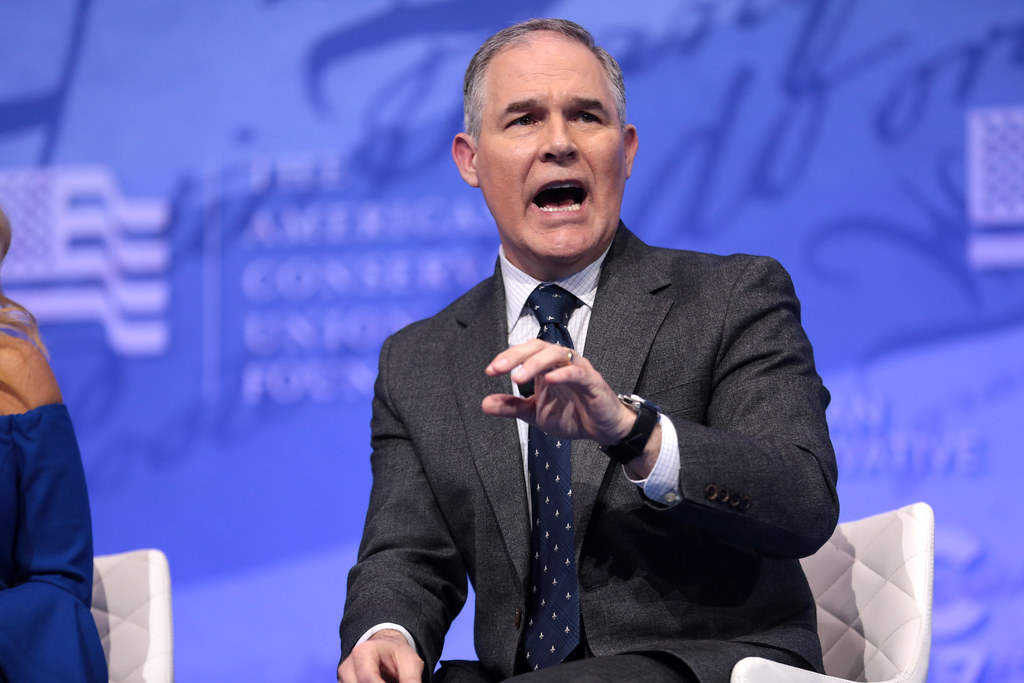
Do you find that your state’s EPA isn’t getting the kind of support it once did from the federal government? And maybe even that recent gains it’s made in environmental regulation and protection are being rolled back?
Let’s take a look at 5 ways California is able to have an effective state EPA program (which you can apply to your own state EPA) without federal support.
#1: The CalEPA acknowledges that humans are causing rapid climate change
Some in your state may think that rapid climate change is just Mother Nature doing its thing; however, the CalEPA acknowledges that humans are driving rapid climate change.
The CalEPA attributes recent, rapid, and unprecedented climate change to humans. Specifically, in the past 800,000 years, no activity has caused such an increase in atmospheric carbon dioxide like our addiction to fossil fuels.
Like any addiction, you have to acknowledge how much you’re using. The CalEPA tracks 450 million tons of California’s carbon dioxide gas, which is enough gas to fill 225,000 Empire State Buildings. Three sectors – Transportation, Industry, and Energy – contribute 80% of all carbon emissions for the state.
But acknowledging the problem is not enough: you need to show that you’re trying to solve it.
#2: The CalEPA is a proactive problem solver
Addictions don’t solve themselves, and the CalEPA steps up to the plate in by being a proactive problem solver.
California has had a track record for progressive regulation since 1965, when it was the first state to limit carbon emissions from car exhaust.

In 2007, California passed AB32 – the California Global Warming Solutions Act – mandating that California reduce its emissions, and in 2013, it created the first cap-and-trade program in the country. In 2015, the Governor of California Jerry Brown increased the state’s emissions reduction target from 19% to 40% below 1990 levels by 2030 to put the state on the path to 80% reduced carbon emissions by 2050.
Now you say to yourself, “This sounds fine, but California is a blue state–it’ll support any green, liberal agenda.” Funnily enough, not only has the state regularly switched between Democrat and Republican presidential candidates; there’s been bipartisan support for environmental regulation. Republican state legislatures helped pass an extension on the cap-and-trade program to 2030 in 2017.
#3: California citizens and business support regulatory action
Ok, so California acknowledges human-induced climate change and is proactive in environmental protection–problem solved, right? Not quite, you need to have the public and private (i.e. industry and business) support.
You could reasonably assume that industry and businesses in California resist regulation, yet, it turns out that they are in full support of state regulation. California’s Chamber of Commerce fully supports the cap-and-trade program, and business that do or are based in California have formed coalitions to support carbon emission reduction action: for example, the Business for Social Responsibility, We Mean Business Coalition, C40 cities, and the “WeAreStillIn” campaign. Together, these coalitions represent 2,500 businesses, universities, American cities and states , and influential figures and a combined financial power of several trillions of dollars.
#4: Resist pressure to cease-and-desist

Ok, so California’s businesses and people support the CalEPA and regulating carbon emissions, but doesn’t the Trump Administration think EPA regulations hurt the economy? Hasn’t EPA Administrator Scott Pruitt singled out California for being proactive, and won’t that hurt the state’s ability to regulate carbon emissions?
California has reduced its emissions by 44% since 1990 while growing its economy by 80% in the same time frame. While Administrator Pruitt has singled out California for disregarding federal EPA instructions to scale back its programs, CalEPA’s yearly budget of $9 billion only receives $500 million in federal funding. Any retaliation by reducing federal funding can be subsumed.
#5: Plan, plan, and plan some more
Always have a plan and update those plans. California’s government regularly updates its emission reduction targets and plans to incorporate the latest information and technology. Moreover, every county in California is required to update its zoning codes every five years and incorporate reporting on annual carbon reduction plans for reducing its carbon emissions. These plans are not static: California regularly updates plans and policies with the latest science on climate change impacts.
Key takeaways for other states
It isn’t easy to say no to federal funding or stakeholder pressure, but remember that there is always a way! Since 2006, Colorado has successfully ramped up its clean energy production by including natural gas producers in a coalition of wind and solar producers. And a mayor in Kansas has successfully gotten solar incorporated into new development by reframing and rephrasing sustainability concepts. Business can play a part too as most international businesses and small business are now part of climate change mitigation coalitions. The National Governor’s Association Center for Best Practices has a subsection on Green Economy and Clean Energy.
Citizens can get involved with groups like 350.org, support local chapters of national organization such as PIRG or the Sierra Club, support national organizations like the Union of Concerned Scientists or start their own chapter of international organizations like Senior Women for Climate Protection. With so many resources, you’ll be hard pressed not to be successful!
